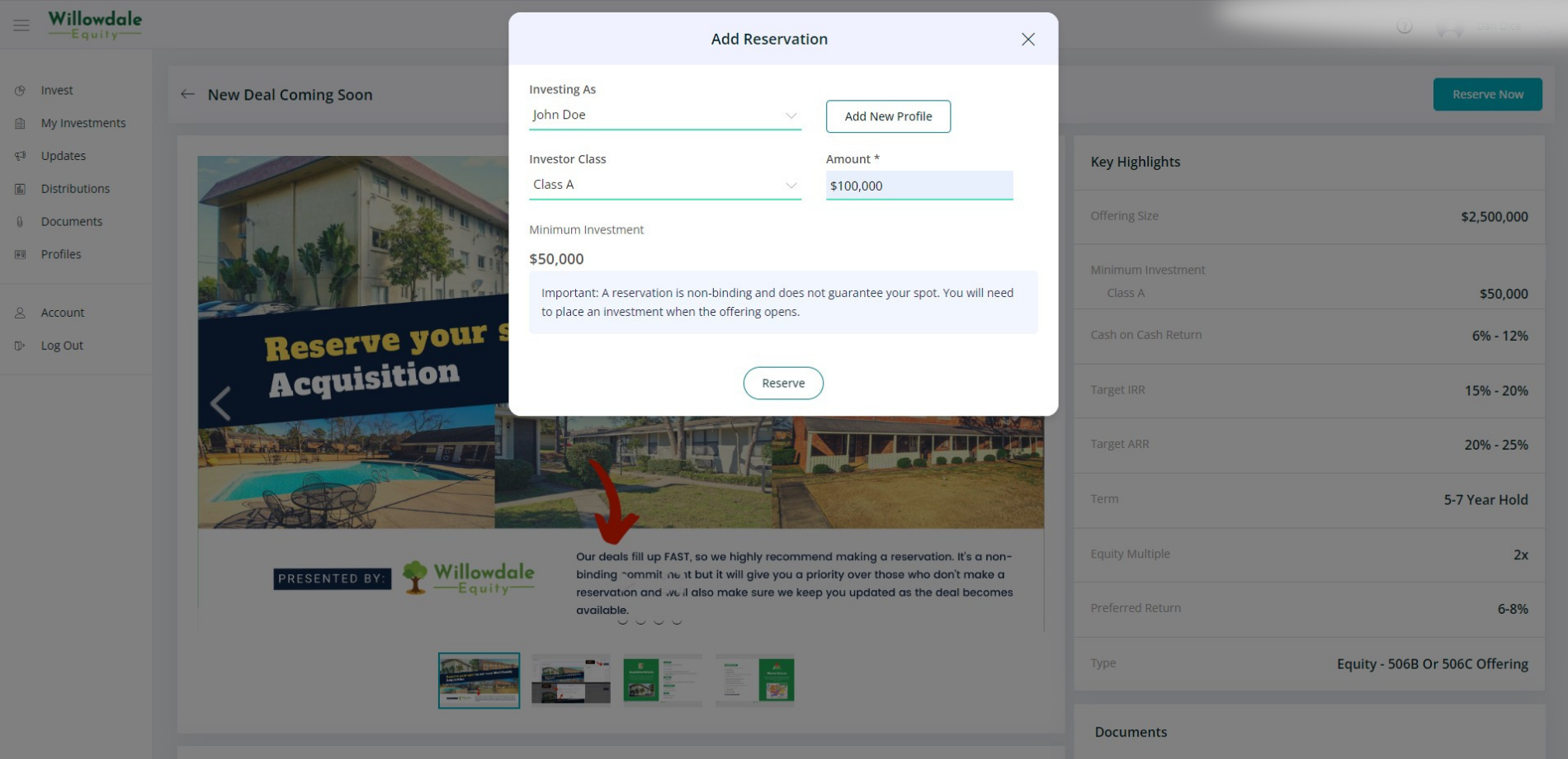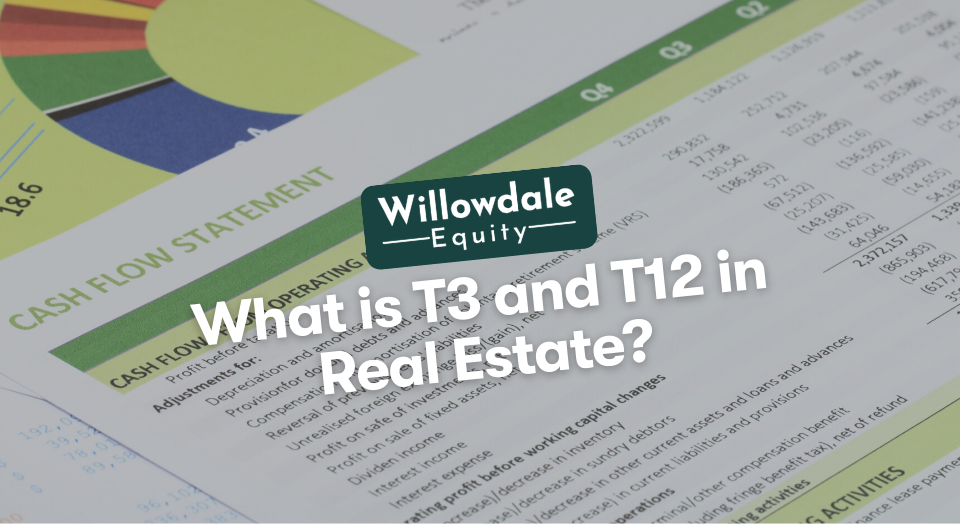
What is Vacancy in Real Estate?
This article is part of our guide on passive investing in multifamily via syndication, available here.
Vacancy in real estate investing is a crucial thing to pay close attention to, whether you’re analyzing the vacancy on your own active investment property or the vacancy on a prospective deal you’re looking to acquire. The lower the vacancy, the higher the net operating income is on the property.
In this article, we’ll break down for real estate investors what is vacancy in real estate, some of the ways you can reduce vacancy, and why it differs from market to market.
Key Takeaways
-
When you have available units to be occupied in a rental property but cannot lease them out to a prospective tenant for whatever reason, this is referred to as a vacancy.
-
The vacancy rate of a market can give us some general ideas about a market but not a full read on what’s truly happening.
-
The vacancy rate is market-dependent, but the U.S. average for apartment unit vacancies is 6%. That being said, a good vacancy could be anywhere from 0% to 10%.
What is Vacancy in Real Estate?
When you have available units to be occupied in a rental property but cannot lease them out to a prospective tenant for whatever reason, this is referred to as a vacancy.
Vacancies in real estate are very normal; in fact, it is very rare to have a 0% rental vacancy rate, especially on a larger property like a 100-unit multifamily apartment community. On smaller rental properties like duplexes, triplexes, or single-family rentals, having vacancies could me you’re either 100% vacant, 33.3% vacant, or 50% vacant.
Filling vacancies is a crucial part of operating cash flow-producing real estate, as when units or properties sit vacant, you’re either running on a cash flow deficit or close to it, depending on the size of the property or portfolio.
How to Calculate Vacancy Rate in Real Estate
To calculate the vacancy rate on a commercial real estate asset, you would perform the following formula:
Vacancy Rate = (Number of vacancy units / number of total units)
What is High Vacancy Rate?
A high vacancy rate would be a vacancy north of 10%. Government agency lenders like Fannie Mae and Freddie Mac, who originate the most loans for the U.S. multifamily industry, generally won’t lend on assets below a 90% occupancy rate or 10% vacancy rate. They don’t consider these properties to be “stabilized”. Therefore, 10% can be regarded as “unstabilized” and too high of a vacancy rate.
Next, let’s look explore what a good vacancy rate looks like.
What is a Good Vacancy Rate?
The vacancy rate is market-dependent, but the U.S. average for apartment unit vacancies is 6%. That being said, a good vacancy could be anywhere from 0% to 10%.
Ways to Reduce Vacancy in an Apartment Complex
There are many ways a landlord can take control of their vacancy issues and reduce the number of vacant units in their apartment building.
Here are some of those ways:
- Offer move-in “concessions” or discounts to prospective tenants
- Consistently run marketing campaigns on all the free sites to market your vacant units, as well as paid mediums if you have the budget for it
- Making physical improvements to the interior and exterior of the property to attract new tenants
- Thoroughly qualify tenants to make sure there a good long time creditworthy tenant
- Focus on resident satisfaction
Now that we understand how we can reduce our vacancy, let’s now look at why vacancy rates differ city to city.
Related Read: What Does CapEx Mean in Real Estate?
Why Vacancy Rates Varies Based on the Market

Vacancy rates are not equal from market to market, as each market has its own fundamentals that drive vacancy rates up or down.
The following are some variables that influence the variability of vacancies across different markets:
- Low Supply: If a rental market has a low number of units relative to the number of people or businesses looking to occupy those units (low supply), then that market would naturally have a lower vacancy rate. This could also result from new employers expanding their operations in a market or setting up shop in a new market which attracts job seekers, and those people need a place to live.
- High Supply: If a market has a high number of units relative to the number of people or businesses looking to occupy those units (high supply), then that market would naturally have a higher vacancy rate. This sometimes happens when there is a substantial net migration to these types of markets. Developers follow these migration patterns and sometimes overbuild.
- Interest Rates: This plays a big factor in the affordability of consumers. When rates are high, it lowers the amount of loan proceeds a borrower is eligible for when purchasing a new home, which increases their potential down payment. As a result, it forces many potential home buyers to elect to rent instead. When this happens, there is more demand for rental units, making for a lower vacancy rate.
Let’s talk about what story the vacancy rate tells about a particular market.
What the Vacancy Rate Tells us About a Market
The vacancy rate of a market can give us some general ideas about a market but not a full read on what’s truly happening. Generally, a market with a high vacancy rate means that it’s not an as desirable place to live, and that could be a result of the area or the quality of the housing in that area.
A market with a low vacancy rate would mean the opposite; it would mean that it’s in a more desirable place people want to live in.
Frequently Asked Questions About The Vacancy Rate in Real Estate
A 5% vacancy rate means that no one occupies 5% of the total units in a property or a portfolio. For example, in a 100-unit apartment complex, 95 units occupied means you have a 5% vacancy or five vacant units.
The vacancy allowance in real estate is forward projecting line item in a real estate pro forma that subtracts a certain percentage of the gross potential rental income to account for future vacancies.
What is Vacancy in Real Estate - Conclusion
Vacancy in real estate can be tricky to manage as a property owner/operator. Finding ways to keep those units full while making sure you’re getting market rent for those units to maximize your earning potential is a juggling act and an art in itself. Resident retention and doing good by your existing tenant base is where you need to start. These tenants are your testimonials for your google review ratings which in turn helps you attract more tenants to fill those vacancies.
If you’re interested in learning more about other real estate investing concepts and terms like vacancy in real estate, join our FREE 5-Day Passive Real Estate Investing Video Crash Course.
Sources:
FRED.StLouisFED.org “Rental Vacancy Rate in United States“
You’ll Get Access To:
- Our Private Investor Portal
- Private Webinars
- Our Resources
- Exclusive Investment Opportunities
- And Much More!





